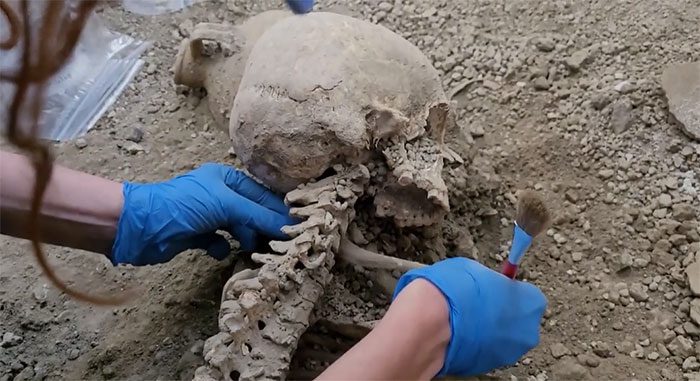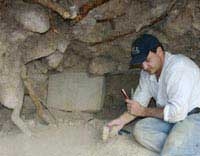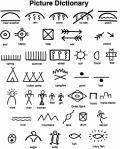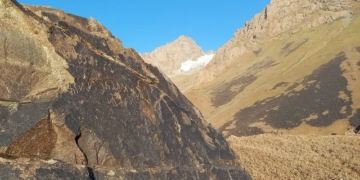Researchers Discover Two Skeletons of Victims Killed by a Collapsing Wall During the Earthquake Accompanying the Eruption of Mount Vesuvius in 79 AD.
The archaeological team excavating the remains of two men. (Video: IFL Science).
The two latest victims were discovered during a recent excavation of the Insula dei Casti Amanti project at the Archaeological Park of Pompeii, located in southern Italy’s coastal city. The skeletal remains were found beneath a collapsed wall due to the earthquake associated with the eruption. The archaeologists working on the project believe the skeletons belong to two men who were at least 55 years old. Next to the skeletons, a collection of artifacts was found, including silver and bronze coins and five glass objects that might have been beads from a necklace. The research team also discovered traces of organic material, suspected to be fabric, IFL Science reported on May 16.
Experts suspect that the two men died next to each other due to injuries from the powerful earthquake accompanying the volcanic disaster. The ancient Roman city of Pompeii was destroyed in 79 AD when the eruption of Mount Vesuvius killed thousands of residents in the city and nearby towns such as Herculaneum, Oplontis, and Stabiae.
The archaeological team theorizes that the eruption began on the morning after a series of minor tremors that local residents barely noticed. By noon, a colossal eruption column formed, spewing volcanic rocks and hot gas into the stratosphere. Debris fell back to the ground below, bombarding homes for several hours. Meanwhile, earthquakes shook the city, contributing to the rising death toll.

It is estimated that at least 15 – 20% of the city’s population died during this period due to asphyxiation.
After the initial phase, a series of pyroclastic flows cascaded down the mountainside, engulfing the city in hot gas and volcanic material. It is estimated that at least 15 – 20% of the city’s population died during this phase due to suffocation from the flow of ash and scorching gas. After about two days of intense volcanic activity, debris completely “consumed” the city and its inhabitants, covering everything under a massive layer of ash that remained intact for over 1,000 years.
According to the research team, the latest discovery sheds light on the tragic experiences of people during the event. “Modern excavation techniques help us better understand the hell that completely destroyed the city of Pompeii in two days, killing many residents, including children, women, and men. With analytical methods, we can get closer to the final moments of the victims,” shared Gabriel Zuchtriegel, director of the Archaeological Park of Pompeii.





















































